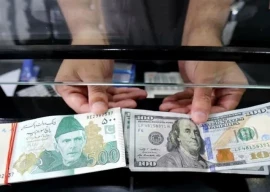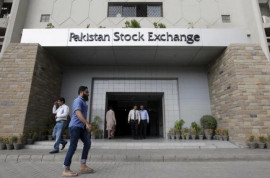
Once completed, the multi-billion-dollar project is expected to bring down losses, estimated to be in the range of 4% to 5% of gross domestic product, due to poor road and rail infrastructure, according to various studies.
“The World Bank is in the process of restructuring the National Trade Corridor programme after years of slow progress,” said the Washington-based lending agency’s Senior Operations Officer for South Asia Diep Nguyen.
She was speaking here on Wednesday at a conference on “Regional Cooperation in South Asia”, organised by the World Bank.
Pakistan’s poor road and rail infrastructure is not only adding to the cost of doing business but is also causing significant losses to the economy. The rickety infrastructure was particularly because of heavy movement of Nato containers, which has damaged most of the national highways and Lahore-Islamabad Motorway, according to the National Highway Authority.
According to Salman Zaheer, the WB’s Programme Director for Regional Integration, the WB has embarked on a challenging programme of connecting Pakistan with Central Asia and further to Far East Asia. It was also working to connect Pakistan and India by simplifying border procedures and improving road and rail networks.
Zaheer, who joined the conference from New Delhi through video conference, said Afghanistan-Pakistan Transit Trade Agreement, signed in 2011, was not working effectively. “The WB is trying to remove bottlenecks in its implementation,” he added.
He said economic cooperation hinged on the space being provided by political developments and currently politics between India and Pakistan was giving room to work on integration.
He pointed out that until India resolved its regional issues, it could not win a seat in the United Nations Security Council. India is trying to become a permanent member of UNSC – a move fiercely opposed by Pakistan.
Zaheer said various studies suggested that regional integration would boost South Asian economy by 3%, provided the region had an East Asia-type arrangement.
Dr Ratnakar Adhikari, an adviser at Nepal’s Planning Commission, said thaw in Pakistan-India relations generated a lot of hope in the region.
It seems that the National Trade Corridor is not the only initiative coming under the spotlight as there are signs that the Central Asia-South Asia-1000 electricity supply project, known as CASA-1000, has also come at the forefront. Under the project, 1,300 megawatts of electricity will be supplied from Tajikistan and Kyrgyzstan largely to energy-starved Pakistan.
Diep Nguyen said the total cost of the project was about $1 billion and various international lending agencies and Japan had expressed interest in financing the crucial intra-regional project. The project will be completed in five years and Pakistan will be its main market.
Published in The Express Tribune, June 14th, 2012.
COMMENTS (1)
Comments are moderated and generally will be posted if they are on-topic and not abusive.
For more information, please see our Comments FAQ

















good news... sadly no comment yet